The global gaming market has been growing at a steady rate for almost ten years, with the total industry reaching a value of $135 billion. As time has gone on, developments within this industry have led to new productive intersections. One of these intersections, the meeting point between blockchain and gaming, is known as Play2Earn.
Although currently incredibly successful, Play2Earn gaming didn’t just materialize overnight. On the contrary, P2E has been building for quite some time, with humble beginnings all the way back in 2013.
In this article, we’ll be tracing the development of this exciting field, contextualizing how it rose into popularity and moved through distinct periods along the way.
Let’s get right into it.
Traveling Back in Time to 2013
When 2013 comes to mind, the first thing that comes to mind for many people will be the scandal that surrounds Lance Armstrong, who admitted to doping in all of his Tour de France wins over his cycling career. For those already immersed in the crypto space, perhaps the first thing that comes to mind is one of Bitcoin’s first huge jumps, moving from a total value of $13 all the way up to $1,100.
Along with this jump, the total market cap of Bitcoin exceeded 1,000,000,000, which further demonstrated how viable this new form of currency was starting to seem. While Bitcoin was surging from strength to strength, the industry also saw the launch of the very first blockchain-based game.
Launched by the Xaya team, Huntercoin was the very first blockchain game, which allowed players to collect coins on a global map. Within this map, users could find resources, go head-to-head in player vs. player combat, and dominate the map. While launched as an experiment in February of 2014, the establishment of this game proved to the world that blockchain and gaming could intercept productively.
With big money coming into the industry, many new projects began to emerge
As this industry continued to develop, more and more people began to turn towards blockchain, with key investors signaling their interest in the decentralized system. Even Richard Branson, the person who founded Virgin Media, suggested that people would be traveling to space, able to do so by paying with Bitcoin. While media hype surged, the whole P2E industry began to find its footing.
Projects like Huntercoin by Xaya were the pioneers within this space. What started with mirroring the principles of Bitcoin – being a decentralized, serverless, censorship-resistant system – quickly grew into a blockchain principle that could run a range of different game worlds simultaneously, providing scalable entertainment.
Unlocking the potential of scalable P2E gaming, Xaya got the ball rolling, creating the foundational pillars upon which many other companies then began to build.
The 2013 crash explained
After years of climbing, with radical gains being made for those that followed the market, April 2013 saw the complete crash of Bitcoin. In as little as a few days, Bitcoin’s total price fell from $260 to only $50, representing a total loss of -83%.
On April 10th, Bitcoin actually spiked in price, hitting around $266. Yet, within mere hours, the crash came, with the total price plummeting. As the price of Bitcoin fell, the processing time for transactions on MtGox (the major decentralized platform for buying Bitcoin in 2013) increased to over 70 minutes at a time.
This spike in transaction speed reflects a cyberthreat, with hackers targeting the platform with DDoS attacks in order to further trigger the price crash. The attacks were mainly formed by hackers sending buy requests for infinitesimally small amounts of Bitcoin. Effectively, by doing this, they were able to slow down the trading system, while also not actually spending any money, essentially bogging down the system with a huge quantity of tiny orders of Bitcoin.
From there, MtGox made the decision to completely shut down their servers, tweeting out that they needed more time to upgrade their servers. With this, the public had completely flipped on Bitcoin, seeing it as an unreliable currency and one that, due to technical issues, would be unsustainable for long-term use.
Looking back after almost ten years have passed, this crash served as a moment that radically reduced the number of active Play 2 Earn projects within this space, people seeing blockchain as a dead end and deciding to shut down their productions. Especially considering the sentiment of cryptocurrency being just a scam, many people didn’t want to go near P2E gaming.
Commenting on this moment in history, Andrew Colosimo, co-founder of Xaya comments that, “At that time, fundraises weren’t big as they are today. For us it was completely voluntary, and all the work that’s been done on Namecoin and Huntercoin was at our cost. Same goes for Bitcoin core contributions.”.
2017 Cryptocurrency Bubble and Crash
In the years that followed 2013, Bitcoin was joined by a range of other leading cryptocurrencies, with the general consensus slowly improving. However, once again, disaster was just on the horizon.
2017 had been an incredibly successful year for Bitcoin, and one that saw leaps for the Play2Earn industry. In February of 2017, CryptoBots went public, which was the first-ever Play2Earn NFT game. This game posed as a merge between collectible RPG games and a grand space adventure strategy. The game was accompanied and propelled by the inclusion of 10,000 unique Crypto bots NFTs, with players being able to use their NFT characters in-game.
Shortly after this, 2017 also saw the release of Spells of Genesis, which was the world’s first mobile game that used blockchain assets. Within this game, users were able to access the EverdreamSoft Crystal Suit, finding, exploring, creating, sharing, and merging ‘Orbs’ that were found in-game. Each of these orbs was a rare digital item, linked to blockchain tokens. This was a huge leap for Play2Earn gaming, with these two projects representing a moment of progress for the industry.
That all came to an end in December of 2017, when Bitcoin saw a crash of over 23% in a matter of just a few hours. After an incredible year, the bubble was finally bursting. At 7.24 am on the 22nd of December, the price of Bitcoin rose to a high of nearly 17,500. Yet, 24 hours later, Bitcoin was circling around 12,500, losing incredible amounts in only a few hours.
Alongside Bitcoin, other major cryptocurrencies also began to experience major downturns. Bitcoin Cash fell by 30%, Ethereum was down by 20%, and Litecoin was down by 21%. Every single major cryptocurrency was in a downturn, with people flooding to the market to sell their shares.
This was considered the moment that the Bitcoin bubble burst, with the price falling down continuously during this period for Bitcoin and all the other major cryptos.
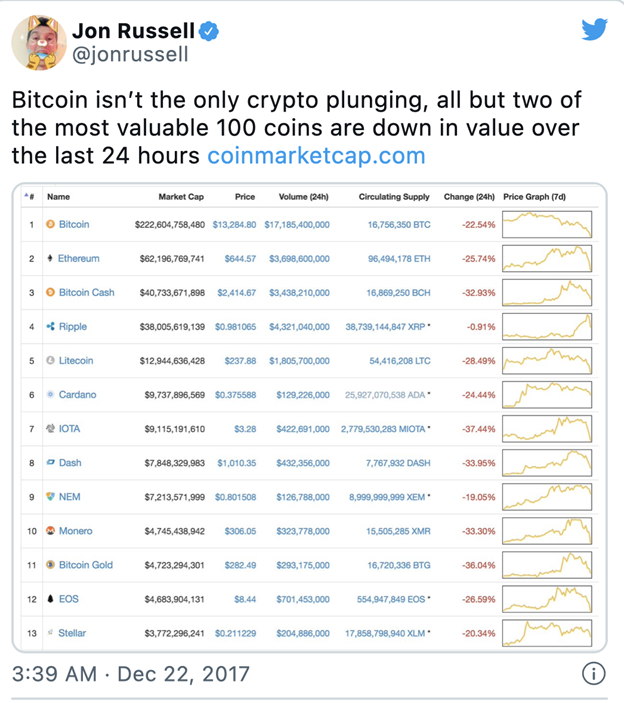
Entering the Bear Market
Alongside the bubble bursting, more and more people started experiencing the dark side of cryptocurrency, with ICOs (initial coin offerings) quickly turning into rug pulls. ICOs are a format of fundraising for cryptocurrency with companies offering a new cryptocurrency token in return for investing in the company. If the token’s price rises in value, the investor has both helped to support the development of the coin while also gaining profit from the increased price.
However, many ICO projects turned out to be ‘Rug Pulls’, which is where the creators of the coin would, after investors have given them money, sell all of their coins at a high value, then tanking the price of the coin and abandoning the project. Unfortunately, ICO scams were incredibly common, with over $13 billion being stolen in the space of 2016-2019.
With a total tanking value of crypto and an ecosystem riddled with scams, it wasn’t looking very good for Bitcoin, nor for the P2E industry.
The Modern Age – Play 2 Earn Space is Booming
When commenting on past crashes of cryptocurrencies like Bitcoin, it’s almost laughable considering the current price that these coins have reached. Now focusing on the modern age, trust in cryptocurrency is at an all-time high, with P2E projects benefiting from the huge audience that now actively buys and trades cryptocurrency.
Another aspect that has become incredibly popular within the cryptocurrency community that has triggered an upsurge within P2E is the rising popularity of NFTs. Platforms like OpenSea and the general rise to popular culture that NFTs have seen have radically boosted the appeal of P2E games.
At their core, not only does P2E gaming mean that you can have fun while playing, but you’re also actively rewarded by playing, with cryptos or NFT rewards ensuring that communities have started flocking to the platform. While many new projects have started operating within this community, many are imitations of more successful projects.
One platform that’s seen incredible success is DEA (Digital Entertainment Asset). This is a game development platform that has constructed a whole ecosystem of games. While they have a range of successful titles, with a player base that comes from all corners of the globe, one of their most popular games is Job Tribes.
Within Job Tribes, users are able to collect NFT artwork from illustrations from all over the world, battling against other players with the profession cards they collect and impressing others with their collections.
Their most recent game, Cookin’ Burger, launched in May of 2022. This game is a multitasking cooking game, where users have to cook food, construct their restaurant, play different roles within the shop, and even serve customers. As users take on more tasks within the restaurant, they will have a harder experience, but one that gives them more experience points and allows them to level. Within this game, users can earn NFTs, which can either help them in-game, or can be sold for a profit on major decentralized platforms.
Community First Gaming
Further pushing the bounds of what P2E gaming can offer, this gaming system has recently started to turn to more communal ways of playing. Balthazar is an example of this, introducing a Guilds system that emulates traditional clans on centralized gaming platforms. These gaming guilds allow players to lend their NFT in-game upgrades to each other, either renting them out or forming a ‘Scholarship’ pathway.
Within Balthazar, scholars can rent out their NFTs, empowering other players from around the world and giving them much-needed upgrades. With these guilds, users are able to actively discuss with others, educate each other, and have a central location to go whenever they want to chat about the game.
Many P2E games are now including a guild system within their gameplay, seeing the success of platforms like Balthazar as paving the way for this community-first gaming approach.
What’s next to come in the world of P2E?
Much like any industry that receives the amount of media attention and community support that Play 2 Earn has, it’s no wonder that this industry has impressive figures to its name. In 2020, the crypto gaming industry had a total revenue of $321 million, with this figure only seeming to increase as time goes on.
Considering the current popularity of NFTs, it’s no wonder that this has become a central incorporation of blockchain gaming, with NFT-based card games or collection challenges becoming very popular. Many gaming platforms have built their games on this principle, with NFTs being the primary characters of powerups that users can employ in-game.
One case of this, Battle Drones, is a community-led blockchain game that allows players to take on a range of hostile drones with their own NFT collections. Systems like these have a lot of potential, with continual development and promise to expand their use case demonstrating that P2E isn’t slowing down anytime soon.
Another promising factor that is likely to influence the presence of P2E gaming in the general gaming industry is the continual advancements that are being made due to the arrival of the Metaverse. The ability to take these games to the next level by creating a system where users can actively build, create, and develop within a metaverse sandbox has infinite potential.
As this industry continues to become more advanced, taking on the developments within blockchain, gaming, and the Metaverse, we’re likely to see a system that becomes infinitely more complex – yet radically more enjoyable and profitable for users.
From humble beginnings with Huntercoin to a system that has over 400 active blockchain games, P2E gaming has had a turbulent but fascinating history.
&
&
&
&

You can get bonuses upto $100 FREE BONUS when you:
💰 Install these recommended apps:
💲 SocialGood - 100% Crypto Back on Everyday Shopping
💲 xPortal - The DeFi For The Next Billion
💲 CryptoTab Browser - Lightweight, fast, and ready to mine!
💰 Register on these recommended exchanges:
🟡 Binance🟡 Bitfinex🟡 Bitmart🟡 Bittrex🟡 Bitget
🟡 CoinEx🟡 Crypto.com🟡 Gate.io🟡 Huobi🟡 Kucoin.
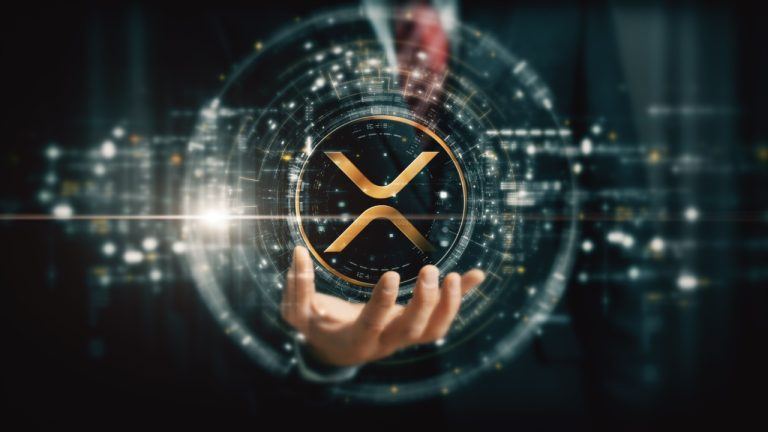

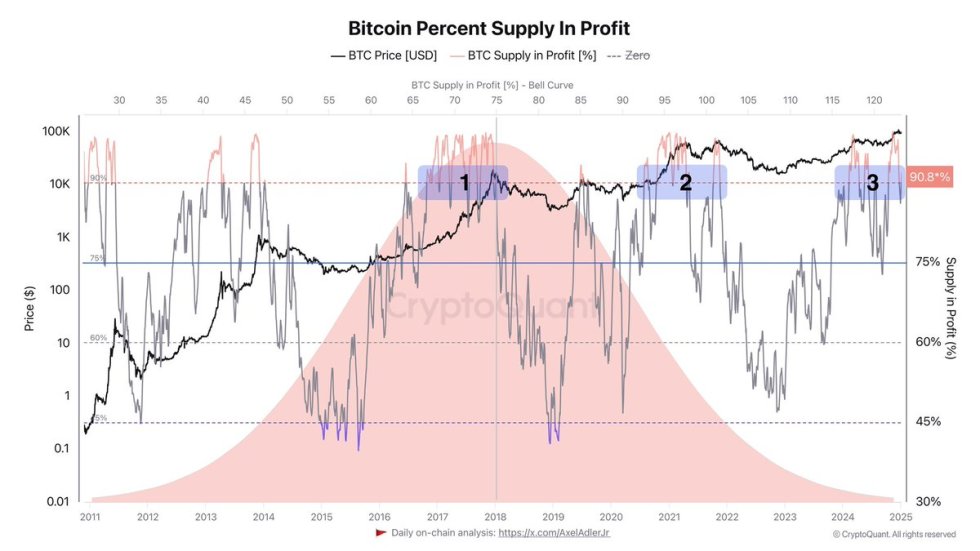
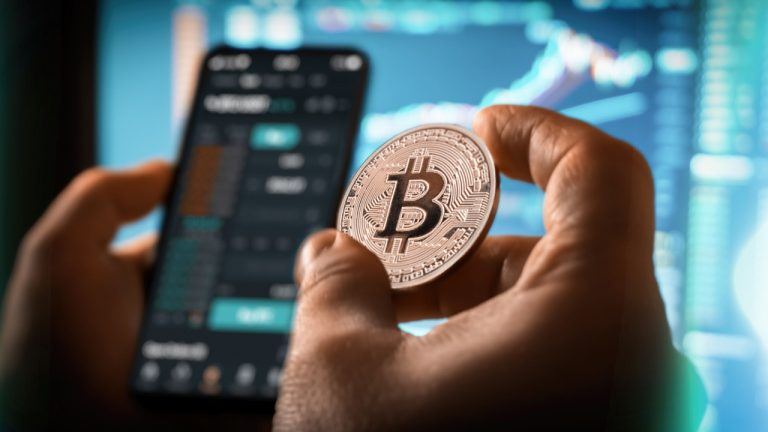
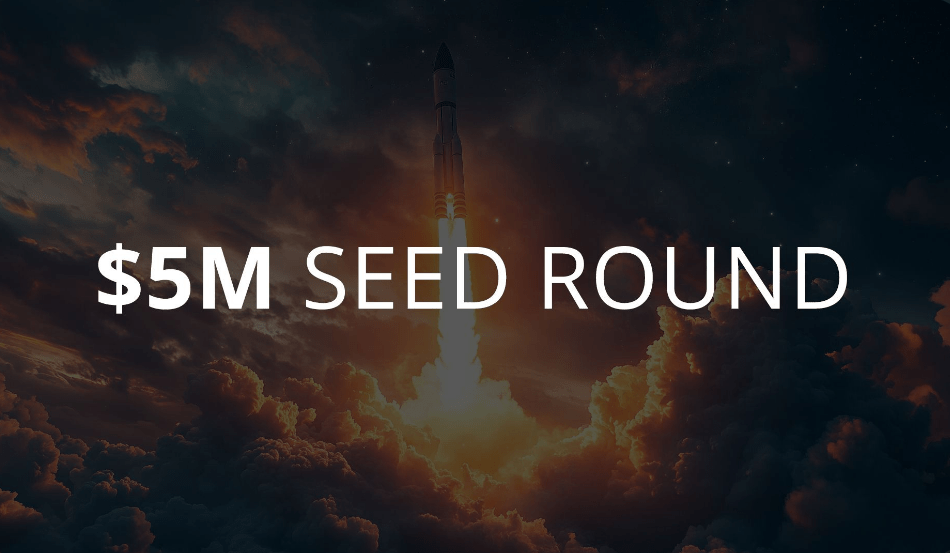


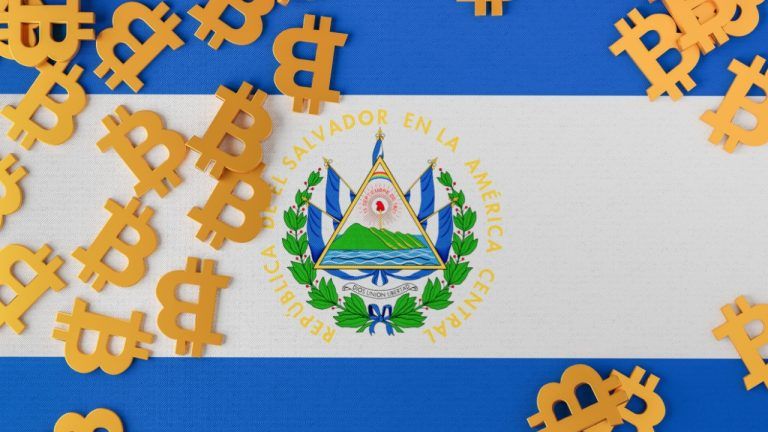

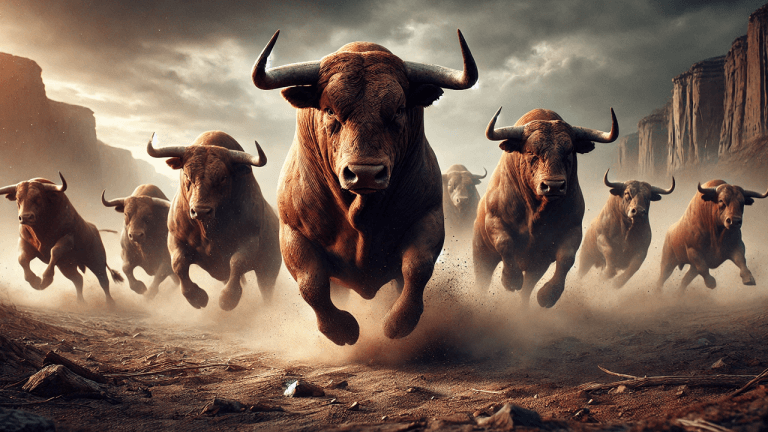
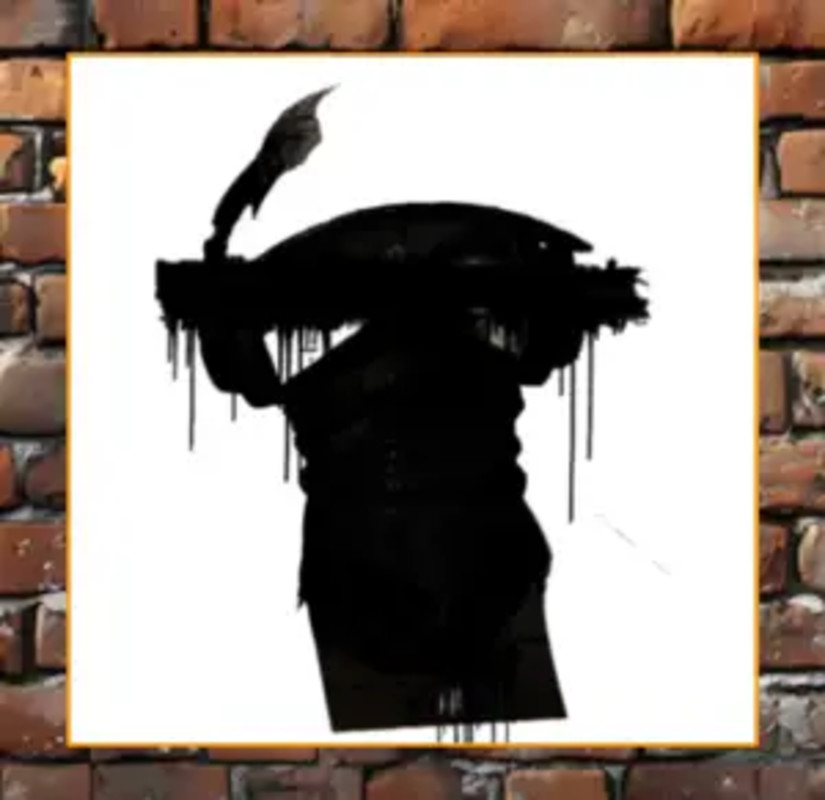


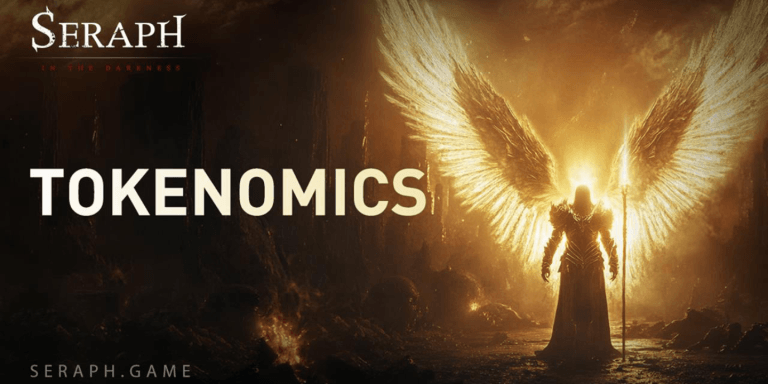
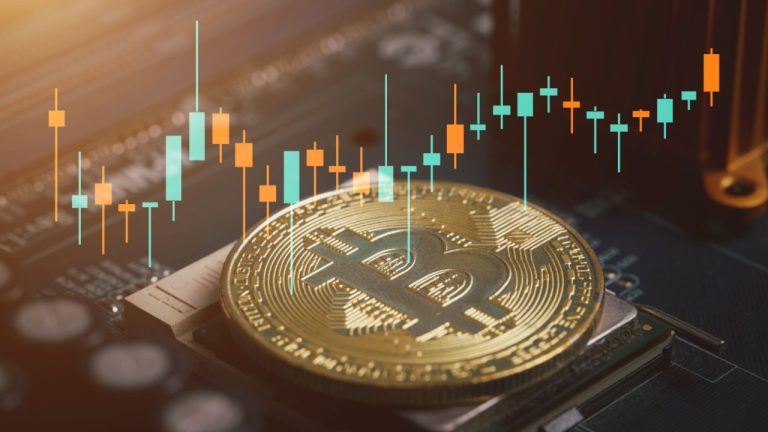


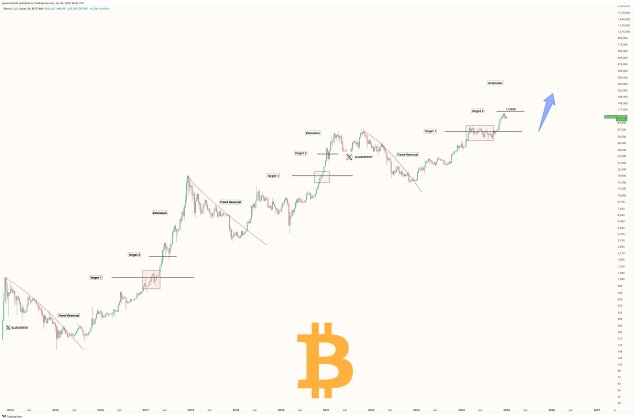

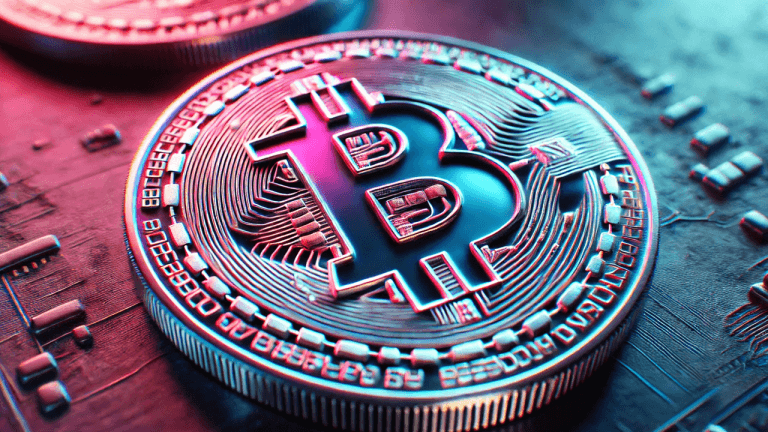
Comments